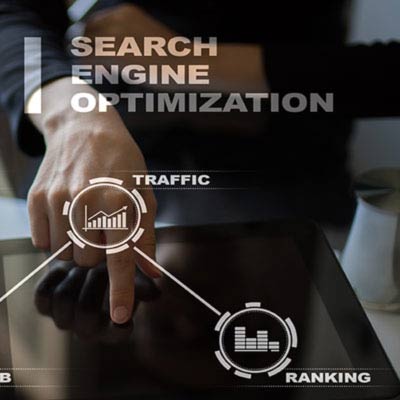Search Engine Optimization (SEO) is far more than updating a few meta tags or keyword placements. It is a comprehensive, data-driven discipline that plays a critical role in digital visibility, organic traffic growth, and long-term business performance. But when it comes to cost, SEO can range from a few hundred to several thousand dollars per month. Why? Because the level of effort, tools, and expertise required can vary dramatically based on numerous factors.
1. Scope of Work: From Basic to Advanced SEO
SEO services can be as simple as optimizing meta titles and descriptions or as complex as managing a full-scale technical, content, and performance strategy. Basic tasks may take minimal time, but a comprehensive SEO program may involve:
- Technical code audits
- W3C-compliant site structure validation
- Keyword research and content mapping
- Accessibility and WCAG/ADA compliance
- Page speed and web performance optimization
- Internal linking structure improvements
- XML sitemap creation and indexing
- Fixing broken pages and crawl errors
- Structured data (schema markup) implementation
- Ongoing fresh content creation
- Bounce rate and UX analysis
- SEO readiness for Generative AI search (GEO)
2. Complexity of the Website
The size and structure of the website directly impact the amount of SEO work needed:
- Small sites are easier to manage than national eCommerce platforms
- Custom CMSs and legacy systems require more technical effort
- Multilingual or multi-location sites demand localized strategy
3. Market Competitiveness & GEO Targeting
Industry and geography matter. Competing in a niche local market is very different from ranking nationally in high-demand sectors. Moreover, SEO is evolving into Generative Engine Optimization (GEO) — optimizing for AI-powered engines like Google SGE and Bing Chat.
4. Content Strategy & Freshness
Great SEO must work hand-in-hand with content strategy:
- Keyword research with intent segmentation
- Content taxonomies and topic clusters
- High-quality and up-to-date content
- Smart internal linking to boost crawlability
5. Performance, UX, and Accessibility
User experience is a ranking factor. A proper SEO strategy includes:
- Web performance audits
- Mobile-first optimization
- UX and bounce rate analysis
- Accessibility audits (WCAG, ARIA labels)
6. Monitoring, Tools, and Reporting
Advanced SEO requires:
- Enterprise tools (Ahrefs, SEMrush, Screaming Frog, etc.)
- Custom analytics dashboards
- Ongoing monitoring and reporting
7. Strategic Product Management Approach
A truly effective SEO strategy must be approached from a product management perspective. It requires an experienced SEO Product Manager who understands the organization’s goals, product vision, and the intersection of marketing and technology.
The SEO roadmap must include:
- Defined tasks and scope
- Level of technical and strategic complexity
- Expected outcomes and KPIs
- Resource allocation
- Realistic timelines
This structured approach ensures the SEO plan is achievable, measurable, and aligned with long-term digital growth.
8. Final Thoughts: SEO is Not One-Size-Fits-All
The true cost of SEO reflects its breadth, depth, and business impact. Simple tasks may cost a few hundred dollars, while full-scale strategies require ongoing investment. When evaluating SEO, consider:
- Website complexity
- Market competition
- Service depth and integrations
- Business objectives
- GEO and AI-readiness
SEO is a long-term investment. Those who treat it as such gain lasting visibility, traffic, and trust.




























